Craft and Technology
Craft & Technology Department
Vision
CCKSians who are self-directed learners, and critical and inventive problem solvers who contribute to the community.
Team
Ms Fong Li Sar, HOD (Craft & Technology)
|
Art |
|
|---|---|
|
Dr Koh Bee Kim |
Lead Teacher (Art) |
|
Ms Catherine Rajindran |
Teacher |
|
Mdm Grace Lee Wee Chin |
Teacher |
|
Design & Technology |
|
|
Mr Loh Kwong Hong Jordan |
Senior Teacher (D&T) |
|
Mr Tiong Wee Teck Sebastian |
Teacher |
|
Mr Chin Koi Yen |
Teacher |
|
Mr Koh Eng Huat |
Teacher |
|
Mr Andrew Tan Jia En |
Teacher |
|
Mr Mohamad Jamil Mohd Yunos |
STEM Instructors (Workshop) |
|
Mr Walter Chan Chee Hong |
STEM Instructors (Workshop) |
|
Mr Zulkieflee Ismail |
STEM Instructors (Workshop) |
|
Mr John Ng Ah Seng |
STEM Instructors (Workshop) |
|
Food & Consumer Education / Nutrition & Food Science |
|
|
Mdm Ernawati Shaffie Othman |
Subject Head (CCE) |
|
Mdm Haryani Mohamad Saleh |
Teacher |
|
Music |
|
|
Mr Anthony Chua |
Teacher |
The Craft & Technology Department offers applied learning subjects like Art, Design and Technology (D&T), Food and Consumer Education (FCE) / Nutrition and Food Science (NFS) and Music. Through problem-based learning set-in real-life contexts and hands-on approaches, the curriculum aims to provide our students with knowledge and skills, and inculcate in them positive attitudes that will empower them to:
-
openly explore and express their ideas and feelings through visual and tactile forms;
-
harness their curiosity and ability to create in response to needs identified.
-
to be health-conscious and discerning consumers; and
-
develop abilities for creative musical expression and communication
Programmes
Art

The aims of art education in our schools are to enable every child to enjoy art, communicate visually, and make meaning through connecting with society and culture. The three learning domains – perceive, communicate, appreciate – encapsulate the cognitive, affective and psychomotor dimensions of students’ engagement in art. At the Lower Secondary level, students are provided with opportunities to develop themselves as active artists and informed audiences with curious minds that are open to exploring and experimenting in art, with critical and inventive thinking in creative expression, with personal voice and capacity to collaborate with others in art; and awareness, interest, and respect for art from diverse social and cultural perspectives.
For Upper Secondary Art, students respond to and interpret visual images and objects sensitively and informatively. They learn to express their thoughts, experiences and feelings in visual, tactile, oral or literary forms. Through research and exploration, students develop process skills to reinforce the effectiveness of communicating. Students learn to evaluate and appreciate artworks made by themselves and other artists and are able to see the connection of the visual arts to their lives and better appreciate its significance in the wider context of culture and society.
To make art learning more enriching and meaningful, experiences beyond the classroom such as visits to artists’ studios and heritage sites are organized, Such activities connect students to how artworks are produced, experienced and valued in real life.
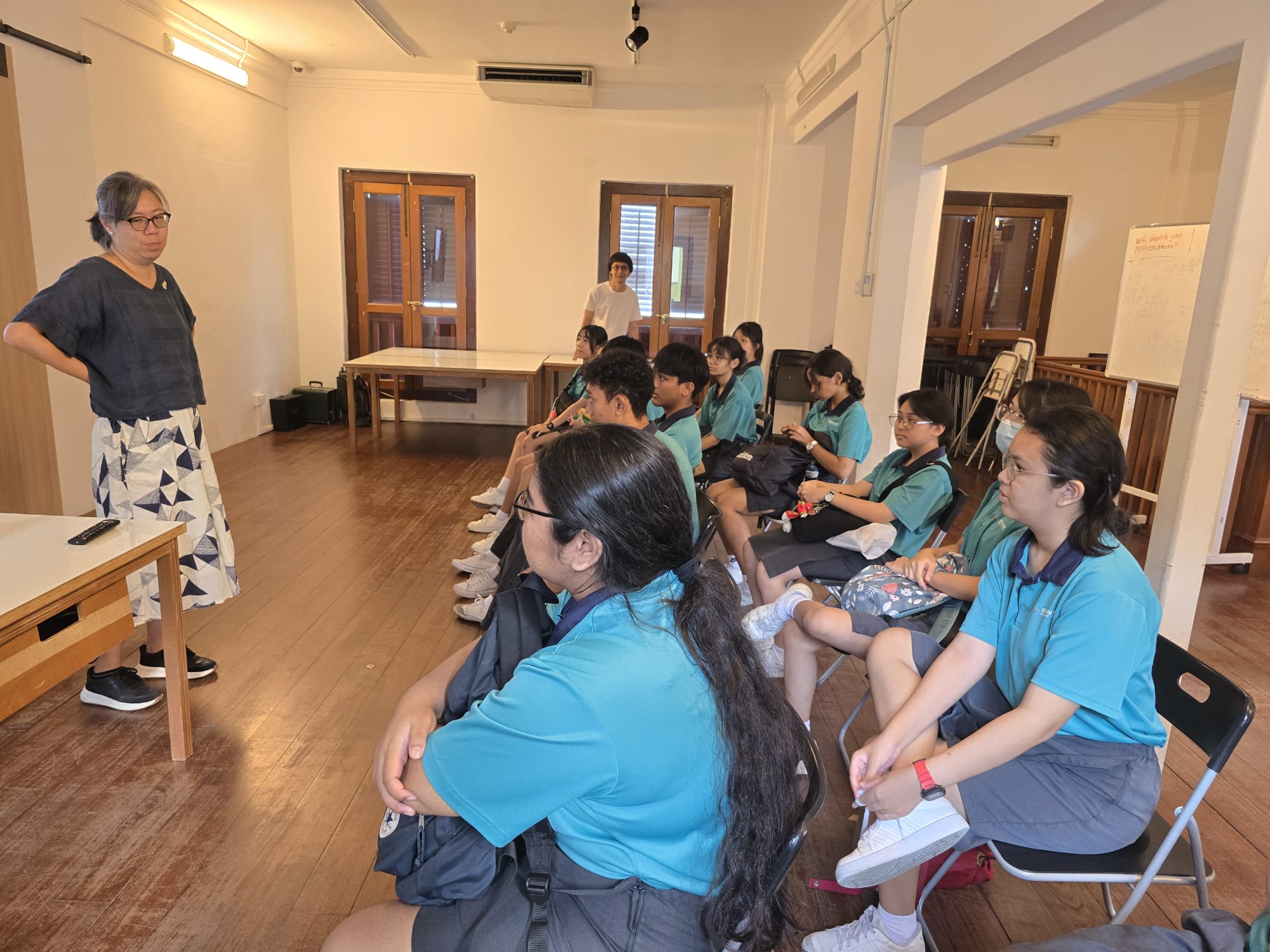
Art-related career talk
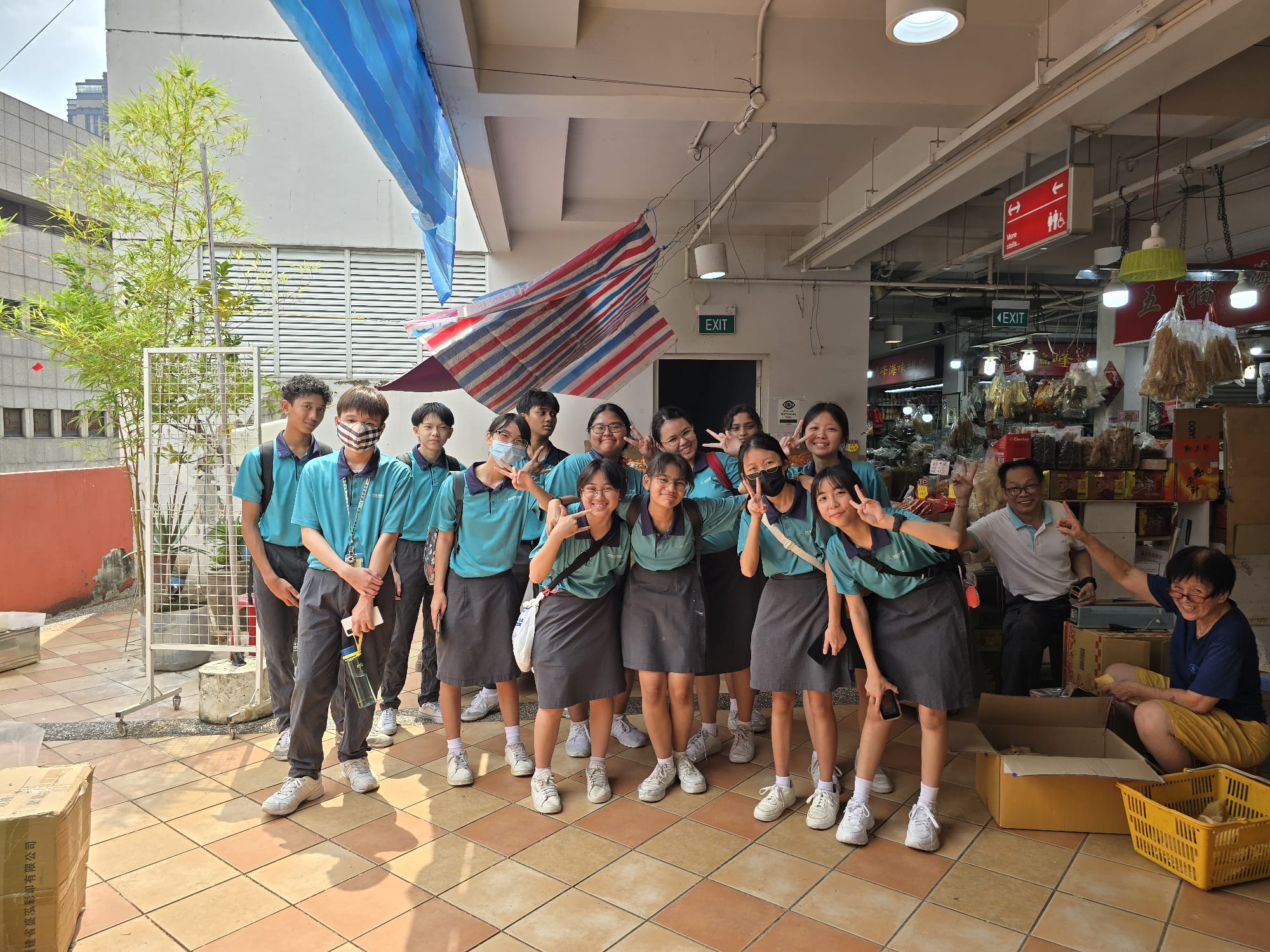
Sec 3 Art Tour
Design & Technology

In D&T, students learn mainly through design-and-make projects guided by a design process. The design process entails identifying design needs from real-world experiences, generating and developing ideas, and realising the design solution; with research carried out when necessary. Research includes testing ideas through quick mock-ups and evaluating the final design solution with the intended user. In doing so, students acquire related knowledge and develop skills that turn ideas into reality and values like mindfulness, empathy and sensitivity in the areas of social, culture and environment.
Students who wish to pursue D&T at the Upper Secondary level would immerse themselves in more in-depth studies of design and prototyping ideas through applying technology. Through the design process, students cultivate creative, critical and reflective thinking to make sense of their learning and to develop related dispositions and skills using graphical means and technology.
Learning journeys to design-related industries allow our students to widen their exposure and interest in product ideation.
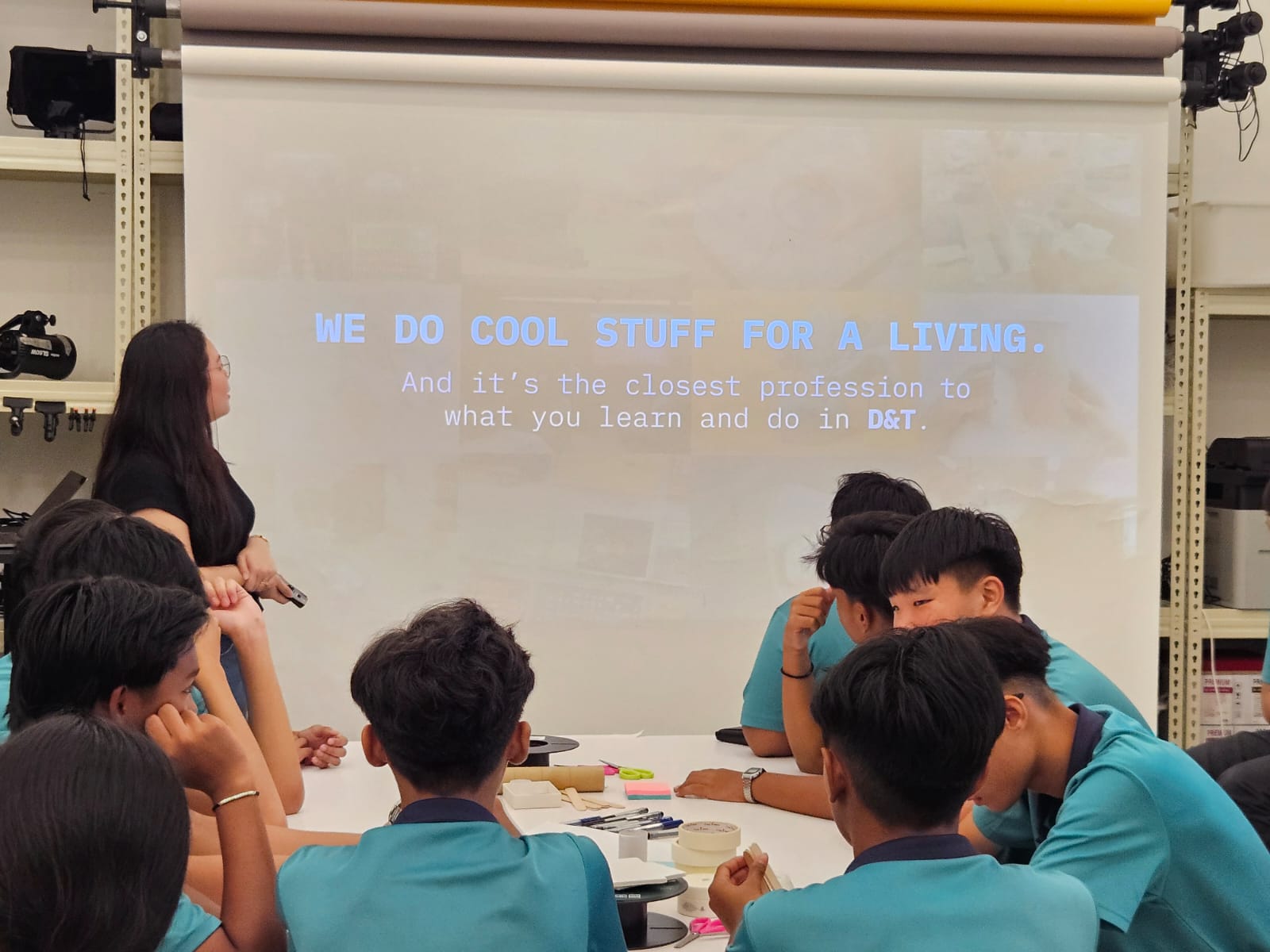
Sec 3 D&T Learning Journey
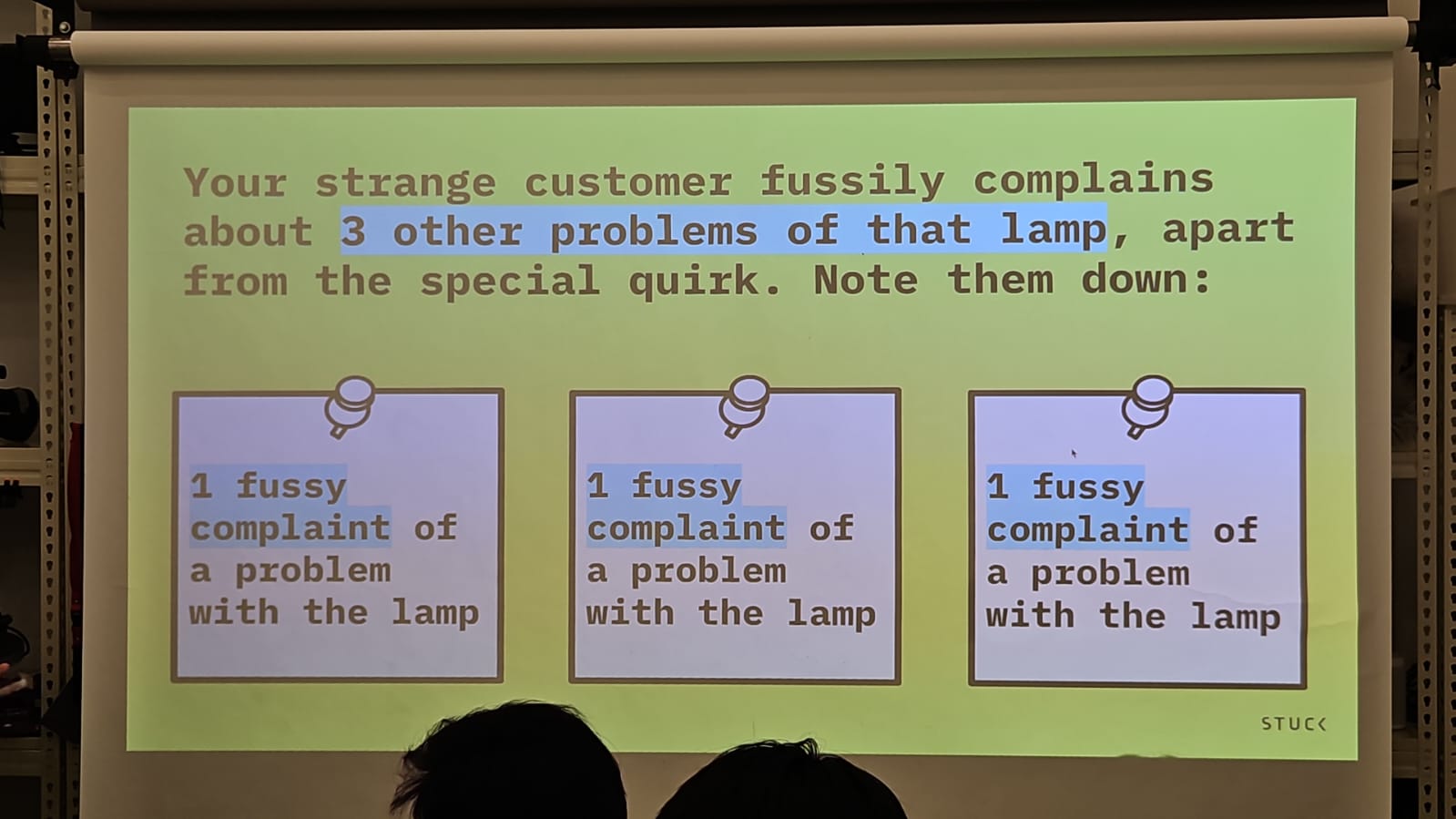
Design Task presented at Sec 3 D&T Learning Journey

Experiencing Artifical Intelligence
Food & Consumer Education (Lower Secondary) and Nutrition & Food Science (Upper Secondary)

The FCE syllabus is designed to empower students to be health-conscious and discerning consumers, enabling them to better manage their lives for the present and the future. Students who offer FCE as a subject (including Food & Consumer Education and Nutrition & Food Science) develop attitudes and skills that will help them stay relevant in the ever-changing world they live in.
Students who wish to further their interest in NFS at the upper secondary level they will have the opportunities to apply scientific principles during food preparation and cooking. They also learn to appreciate the importance of using a variety of food commodities in food management and the issues of food security, including food safety and sustainable food consumption. In this way, they will also be able to advocate nutrition and health for self, family and the community, thereby achieving the student outcomes of a health ambassador, a discerning consumer and a food innovator.
Hands-on activities through practical cooking allow students to acquire different food preparation techniques and cooking methods in preparing dishes/meals for different situations. Investigative food science experiments such as the effect of sugar on baked products help students to develop critical and logical thinking as they analyse, interpret and establish the validity of the experimental data.
Learning journeys to culinary-related organizations such as SHATEC are organized to enhance students’ learning and widen their exposure in the subject.
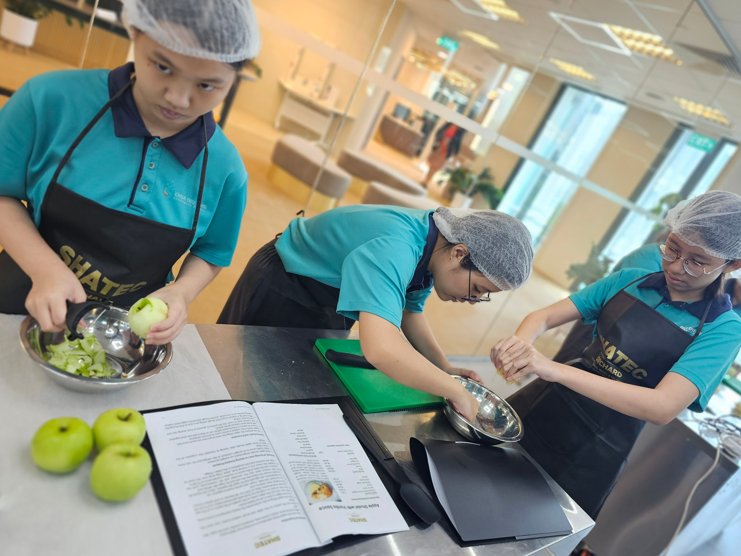
Minimising enzymatic browning in fruit-based desserts
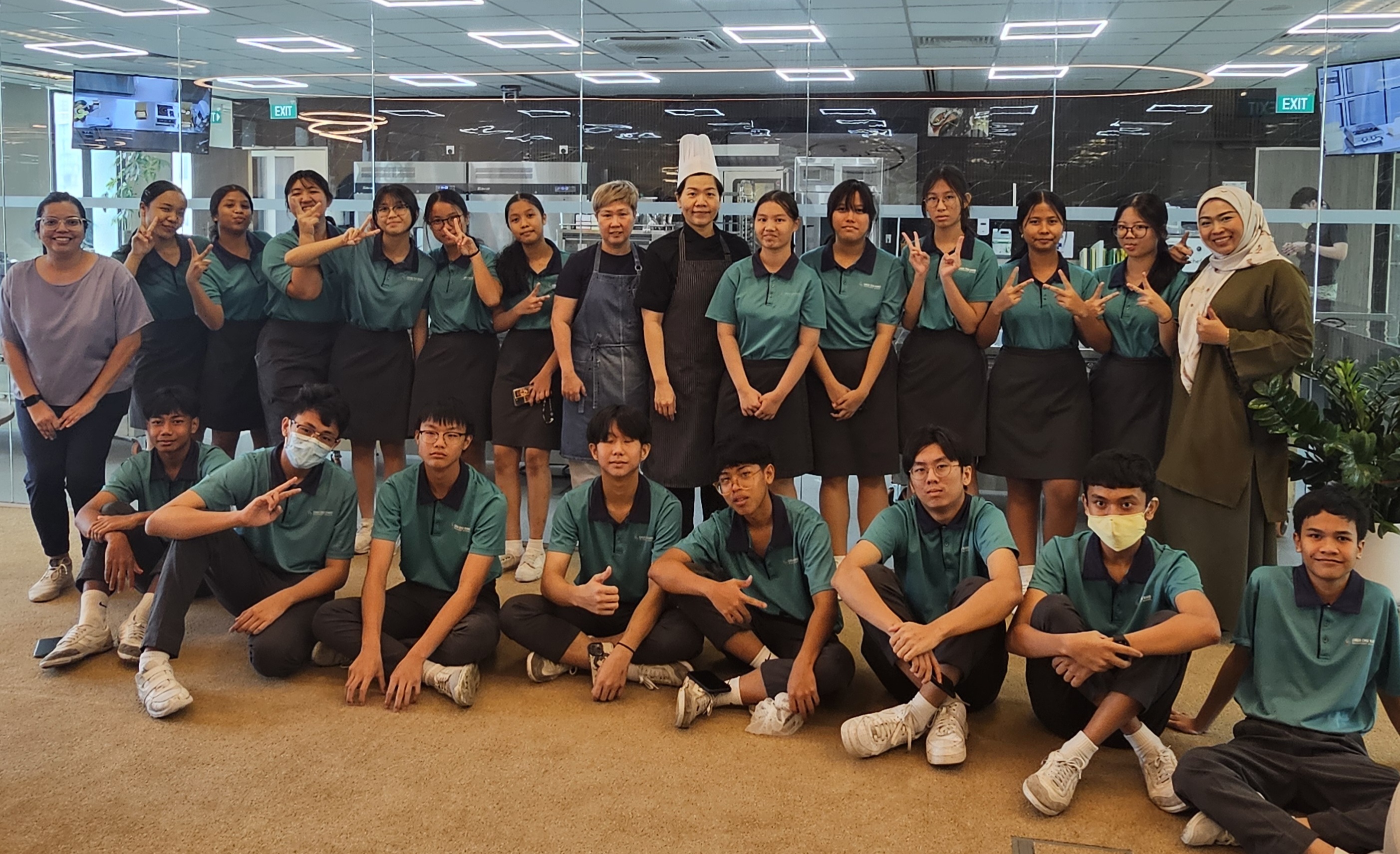
Sec 3 NFS Learning Journey to SHATEC
Music
The Lower Secondary Music curriculum seeks to develop musical understanding through the three Musical Processes of Listening, Creating and Performing. Students actively listen to experience and explore how music from a range of cultures and genres can convey ideas, experiences and emotions. Through improvising, composing and other ways of creating, students learn to communicate their ideas in and through music, build their expressive skills and develop their unique personal voice. Students will also develop skills to use a variety of sound materials, techniques and tools, as well as apply their understanding of musical concepts. There are opportunities for students to perform individually as well as in collaboration with others in class or as part of a community.
The school is on board the Performing-Arts Based Learning (PABL), a core learning experience in the revised Music Syllabus, whereby Secondary 1 students are given the opportunity to experience a bespoke live music performance in a professional arts and cultural venue.

